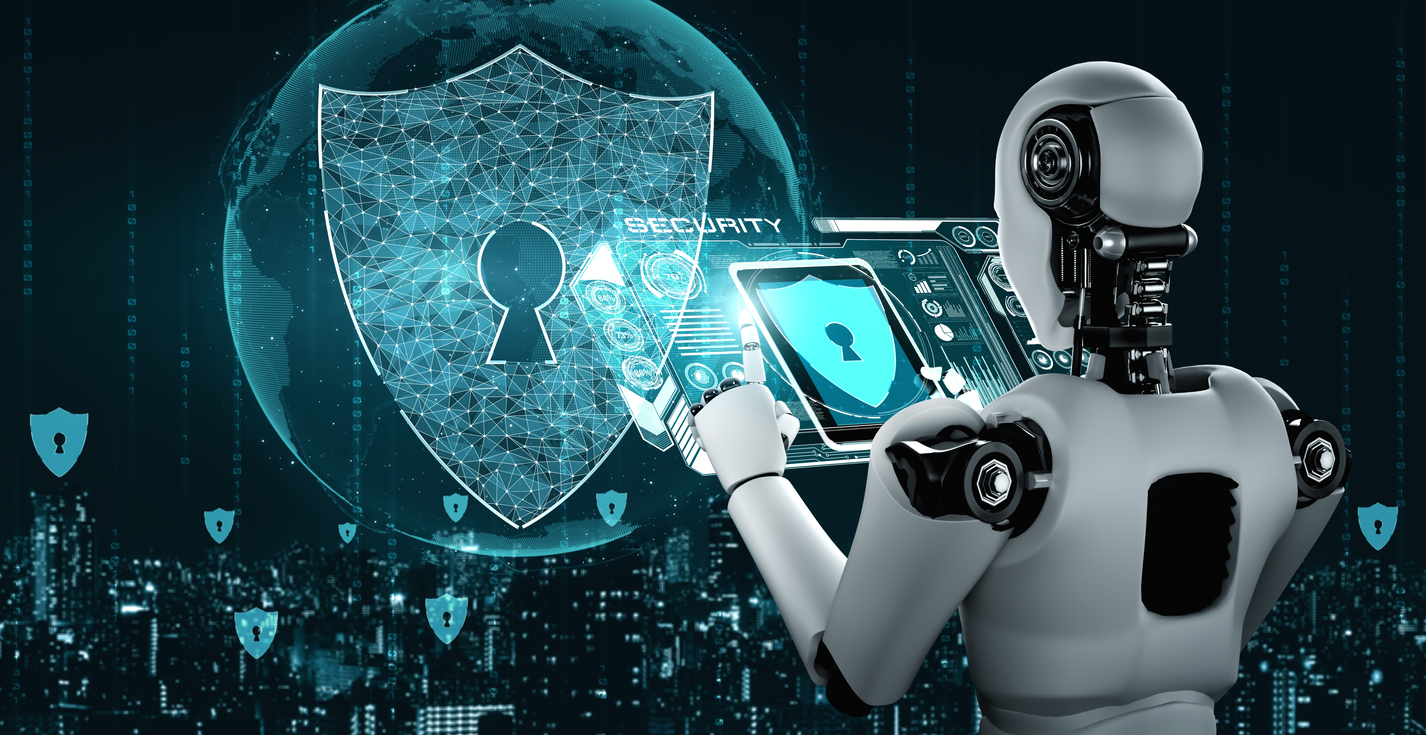Discover the top 10 cybersecurity technologies crucial for protecting your organization against cyber threats. Learn about anti-malware software, antivirus systems, backup solutions, and more.
In today’s interconnected digital world, cybersecurity is of paramount importance. Organizations face an ever-evolving landscape of cyber threats, ranging from malware attacks to data breaches. To safeguard against these threats, it’s essential to understand and implement the right cybersecurity technologies. In this comprehensive guide, we delve into the 10 types of cybersecurity technologies that play a vital role in protecting organizations across various fronts, like network security, cloud security, endpoint security, and mobile security.
Introduction:
Cybersecurity has become a cornerstone of modern business operations, with organizations relying on digital infrastructure for day-to-day activities. However, this reliance also exposes them to a myriad of cyber threats. To mitigate these risks, organizations invest in cybersecurity technologies designed to detect, prevent, and respond to cyber attacks. In this article, we’ll explore the 10 essential cybersecurity technologies that form the foundation of robust cybersecurity strategies.
-
Anti-Malware Software:
Malware poses a significant threat to organizations, capable of infiltrating systems, stealing data, and disrupting operations. Anti-malware software employs various techniques, such as signature-based detection and behavioral analysis, to identify and remove malicious software from systems.
-
Antivirus Systems:
Antivirus systems are designed to detect and remove malicious software, including viruses, worms, and Trojans, from computer systems. These tools continuously monitor system activity, scan files for known malware signatures, and quarantine or remove infected files to prevent further damage.
-
Backup Solutions:
Data backup is essential for ensuring business continuity and mitigating the impact of data loss due to cyber attacks or system failures. Backup solutions automatically copy and store data from critical systems, allowing organizations to restore operations quickly in the event of a data breach or disaster.
-
Data Loss Prevention (DLP):
DLP technologies help organizations identify, monitor, and protect sensitive data from unauthorized access, use, or disclosure. These solutions employ policies and controls to prevent data breaches and ensure compliance with regulatory requirements.
-
Enterprise Mobility Management:
With the proliferation of mobile devices in the workplace, enterprise mobility management (EMM) has become critical for securing sensitive data accessed and transmitted through mobile devices. EMM solutions enable organizations to enforce security policies, manage device configurations, and remotely wipe data from lost or stolen devices.
-
Intrusion Prevention System (IPS):
IPS solutions monitor network traffic for suspicious activity and automatically block or mitigate potential threats, such as denial-of-service attacks or exploits targeting vulnerabilities in network protocols or applications.
-
Next-Gen Antivirus (NGAV):
Next-generation antivirus solutions leverage advanced technologies, such as machine learning and behavioral analysis, to detect and respond to sophisticated threats that traditional antivirus software may miss. These solutions offer enhanced threat detection capabilities and real-time threat intelligence to protect against evolving cyber threats.
-
Sandboxing:
Sandboxing involves running suspicious files or applications in a controlled environment to analyze their behavior and identify potential threats. By isolating potentially malicious code from the rest of the system, sandboxing helps organizations detect and mitigate zero-day attacks and unknown malware variants.
-
Content Disarm and Reconstruction (CDR):
CDR technologies sanitize files by removing potentially malicious elements, such as macros or embedded scripts, while preserving the file’s functionality and integrity. By neutralizing known and unknown threats hidden within files, CDR solutions protect organizations against file-based attacks, such as malware-laden email attachments or document exploits.
-
Network Access Control (NAC):
NAC solutions enforce security policies to control access to network resources based on users’ identities, device health, and compliance status. By limiting access to authorized users and devices, NAC helps organizations prevent unauthorized access and mitigate the risk of insider threats.
FAQs:
How do cybersecurity technologies protect organizations? Cybersecurity technologies safeguard organizations by detecting, preventing, and responding to cyber threats across various fronts, including network security, cloud security, endpoint security, and mobile security.
Why is data backup important for cybersecurity? Data backup is crucial for ensuring business continuity and mitigating the impact of data loss due to cyber attacks or system failures. By regularly backing up critical data, organizations can restore operations quickly in the event of a data breach or disaster.
What are the key features of next-generation antivirus solutions? Next-generation antivirus solutions leverage advanced technologies, such as machine learning and behavioral analysis, to detect and respond to sophisticated threats that traditional antivirus software may miss. These solutions offer enhanced threat detection capabilities and real-time threat intelligence.
How do sandboxing technologies help with cybersecurity? Sandboxing is a security measure that isolates malicious code from the rest of the system, enabling organizations to detect and mitigate zero-day attacks and unknown malware variants.
What role does network access control (NAC) play in cybersecurity? Network access control (NAC) solutions enforce security policies, limiting access to network resources based on user identities, device health, and compliance status, preventing unauthorized access, and mitigating insider threats.
How do content disarm and reconstruction (CDR) technologies protect against file-based attacks? CDR technologies sanitize files by removing malicious elements while maintaining functionality, protecting organizations against file-based attacks like malware-laden email attachments or document exploits.
Conclusion:
In today’s digital landscape, cybersecurity technologies are indispensable for protecting organizations against cyber threats. From traditional antivirus software to advanced threat detection solutions, each technology plays a crucial role in safeguarding sensitive data, maintaining business continuity, and mitigating the impact of cyber attacks. By understanding and implementing the right cybersecurity technologies, organizations can bolster their security posture and stay ahead of evolving threats.

